in the Ancient Technology documentary the name of Sir William Petrie was Mentioned:
so did a little research and found the following: STAR FIRE - The Gold of the Gods - Part 3
from:
the Feminine Principle 


so did a little research and found the following: STAR FIRE - The Gold of the Gods - Part 3
So, what precisely did they find high on the Bible’s holy mountain? Well, to begin with, they found nothing very much. But on a wide plateau near the summit there were distinct signs of ancient habitation, and some pillars and standing-stones could be seen protruding above the ground-rubble. This rubble had been deposited, little by little, by wind and landslides over some 3,000 years. But when it was finally moved away, the truth of the Bible story emerged. Petrie wrote:
There is no other such monument which makes us regret that it is not in better preservation. The whole of it was buried, and no one had any knowledge of it until we cleared the site.
What they found was an enormous temple complex. Set within an enclosure wall was an outer temple, built over an expanse of 230 feet (approx. 70 meters). This extended outwards from an inner temple cut within a great cave in the mountainside. From the various cartouches, carvings and inscriptions it emerged that the temple had been in use from as far back as the time of Pharaoh Sneferu, who reigned about 2600 BC and whose immediate successors are reckoned to have built the pyramids of Gizeh.
The above-ground part of the temple was constructed from sandstone quarried from the mountain and it comprised a series of adjoined halls, shrines, courts, cubicles and chambers. Of these, the key features unearthed were the main Sanctuary, the Shrine of Kings, the Portico Court, and the Hall of the goddess Hathor (to whom the whole complex was dedicated).
All around were pillars and stelae denoting the Egyptian Kings through the ages, and certain Pharaohs such as Tuthmosis III (founder of the Rosicrucian movement in Egypt) were depicted many times on standing-stones and wall reliefs.
The adjoining Cave of Hathor was carved into the natural rock, with flat inner walls that had been carefully smoothed. In the centre (from about 1820 BC) stood a large upright pillar of Pharaoh Amenemhet III, the son-in-law of Esau. Also portrayed were his senior chamberlain and his seal-bearer.
Deep within the cave Petrie found a limestone stela of Pharaoh Ramesses I - a slab upon which Ramesses (who is traditionally reckoned by Egyptologists to have been an opposer of the Aten cult) surprisingly described himself as,
"The ruler of all that Aten embraces"
Also found was an Amarna statue-head of Akhenaten’s mother, Queen Tiye of Egypt, with her cartouche set in the crown.
In the courts and halls of the outer temple there were numerous stone-carved rectangular tanks and circular basins, along with a variety of curiously shaped benchtables with recessed fronts and split-level surfaces. There were also round tables, trays and saucers together with alabaster vases and containers, many of which were shaped like lotus flowers. In addition, the rooms housed a good collection of glazed plaques, cartouches, scarabs and sacred ornaments designed with spirals, diagonal squares and basketwork. There were magical wands of an unidentified hard material, and in the portico were two conical stones of about six inches and nine inches, respectively, in height.
There is no other such monument which makes us regret that it is not in better preservation. The whole of it was buried, and no one had any knowledge of it until we cleared the site.
What they found was an enormous temple complex. Set within an enclosure wall was an outer temple, built over an expanse of 230 feet (approx. 70 meters). This extended outwards from an inner temple cut within a great cave in the mountainside. From the various cartouches, carvings and inscriptions it emerged that the temple had been in use from as far back as the time of Pharaoh Sneferu, who reigned about 2600 BC and whose immediate successors are reckoned to have built the pyramids of Gizeh.
The above-ground part of the temple was constructed from sandstone quarried from the mountain and it comprised a series of adjoined halls, shrines, courts, cubicles and chambers. Of these, the key features unearthed were the main Sanctuary, the Shrine of Kings, the Portico Court, and the Hall of the goddess Hathor (to whom the whole complex was dedicated).
All around were pillars and stelae denoting the Egyptian Kings through the ages, and certain Pharaohs such as Tuthmosis III (founder of the Rosicrucian movement in Egypt) were depicted many times on standing-stones and wall reliefs.
The adjoining Cave of Hathor was carved into the natural rock, with flat inner walls that had been carefully smoothed. In the centre (from about 1820 BC) stood a large upright pillar of Pharaoh Amenemhet III, the son-in-law of Esau. Also portrayed were his senior chamberlain and his seal-bearer.
Deep within the cave Petrie found a limestone stela of Pharaoh Ramesses I - a slab upon which Ramesses (who is traditionally reckoned by Egyptologists to have been an opposer of the Aten cult) surprisingly described himself as,
"The ruler of all that Aten embraces"
Also found was an Amarna statue-head of Akhenaten’s mother, Queen Tiye of Egypt, with her cartouche set in the crown.
In the courts and halls of the outer temple there were numerous stone-carved rectangular tanks and circular basins, along with a variety of curiously shaped benchtables with recessed fronts and split-level surfaces. There were also round tables, trays and saucers together with alabaster vases and containers, many of which were shaped like lotus flowers. In addition, the rooms housed a good collection of glazed plaques, cartouches, scarabs and sacred ornaments designed with spirals, diagonal squares and basketwork. There were magical wands of an unidentified hard material, and in the portico were two conical stones of about six inches and nine inches, respectively, in height.
Isis is also identified with Hathor (Ishtar) the Cow. . . . "The cow weepeth for thee with her voice."






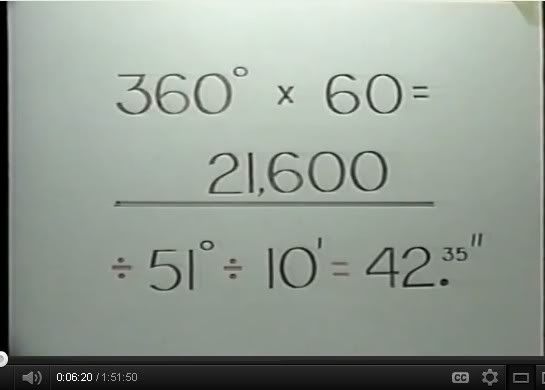

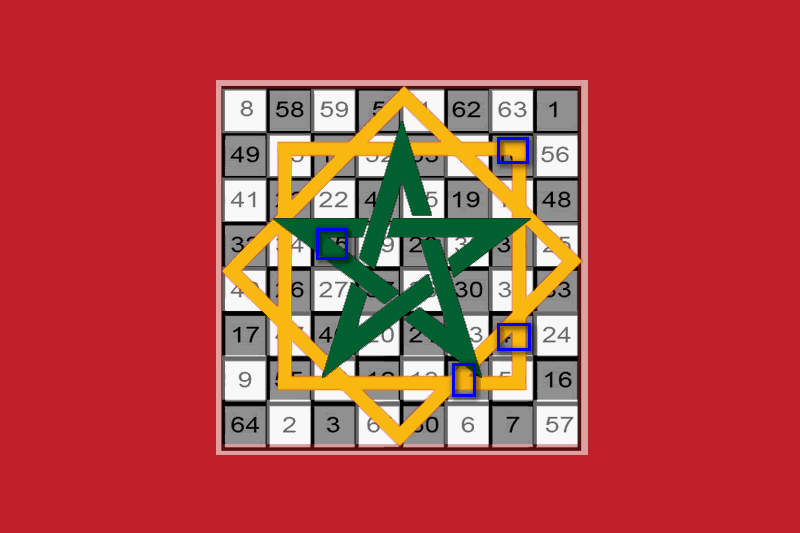







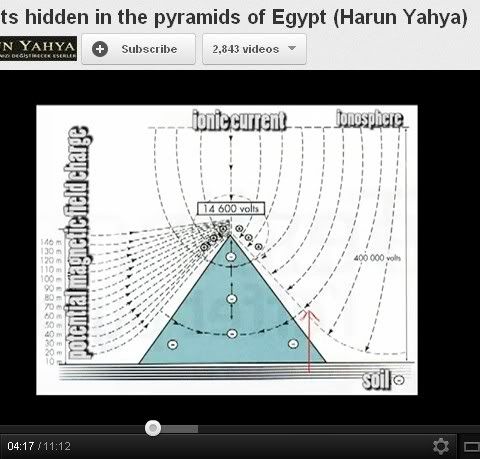
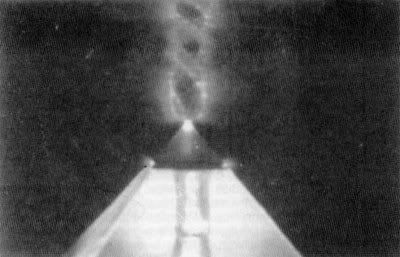
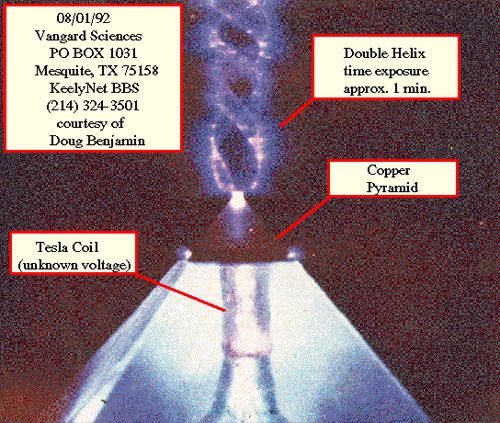




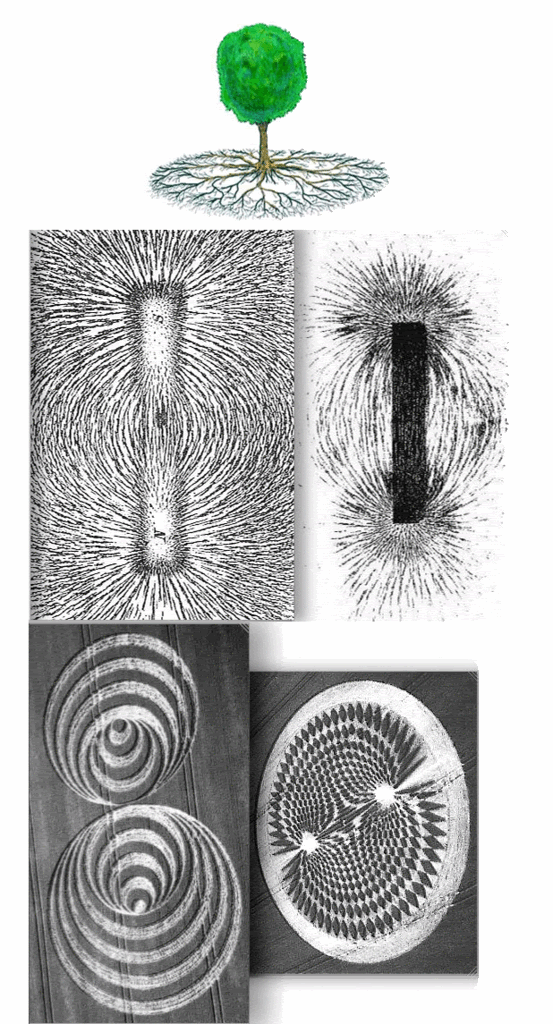





Comment